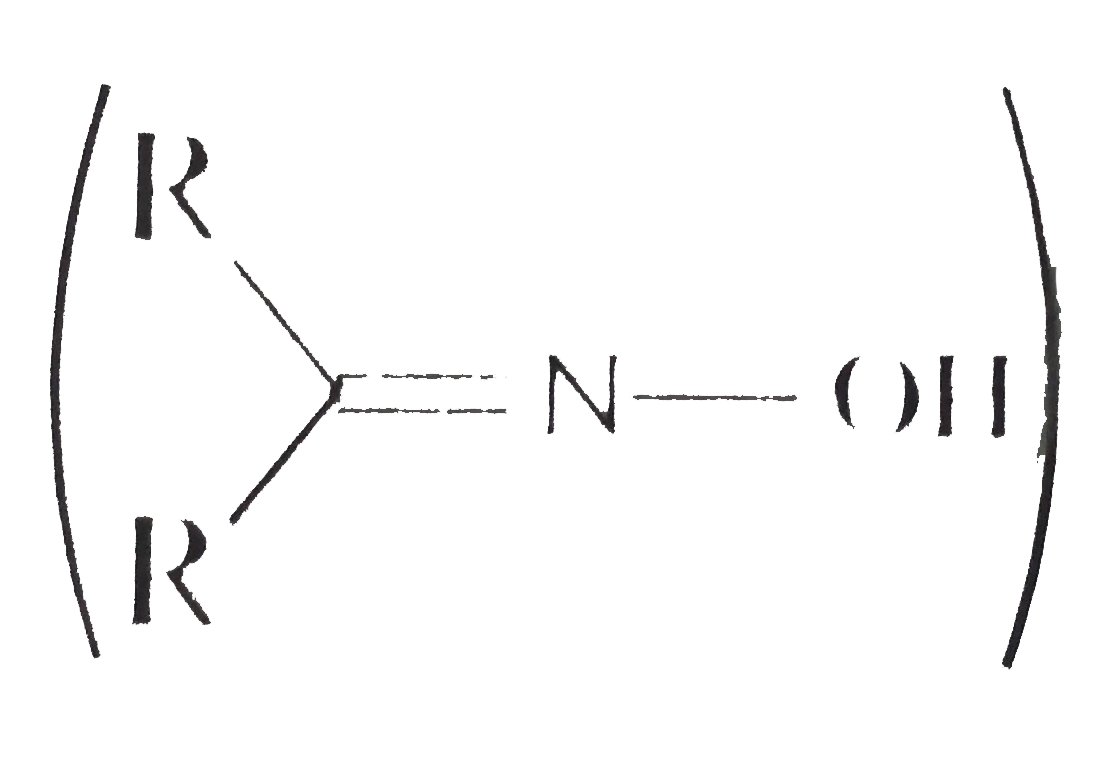Assertion: 2-Butenal lacks enolisable H-atom, α-to carbonyl group, still it has sufficient acidic character.
Reason: The conjugate base of 2-butenal is stabilised by resonance.
if both assertion and reson are true, and reason is the true explanation of the assertion.
If both assertion and reason are true, but reason is not the true explanation of the assertion.
if assertion is true, but reason is false.
If both assertion and reason are false.
The correct Answer is:A
To analyze the assertion and reason given in the question, we will break down the concepts involved step by step.
Step 1: Understanding the Assertion
The assertion states that 2-butenal lacks an enolisable hydrogen atom alpha to the carbonyl group, yet it still possesses sufficient acidic character.
Explanation:
- 2-butenal (also known as crotonaldehyde) has the structure CH3-CH=CH-CHO.
- The carbonyl group (C=O) is located at the end of the molecule (aldehyde), and the alpha position refers to the carbon adjacent to the carbonyl carbon.
- In 2-butenal, the alpha carbon (the one next to the carbonyl) does not have a hydrogen atom that can be easily removed to form an enol (which is a type of tautomerization).
- Despite this, 2-butenal can still exhibit acidic character due to the presence of the carbonyl group, which can stabilize the conjugate base formed upon deprotonation.
Step 2: Understanding the Reason
The reason states that the conjugate base of 2-butenal is stabilized by resonance.
Explanation:
- When 2-butenal loses a proton (H+), it forms a conjugate base.
- The conjugate base can be represented as having a negative charge on the carbon adjacent to the carbonyl group.
- This negative charge can be delocalized over the carbonyl group through resonance, which stabilizes the conjugate base.
- The resonance structures allow the negative charge to be spread out, reducing the overall energy of the conjugate base and thus enhancing its stability.
Step 3: Conclusion
Now, we can conclude that both the assertion and the reason are true. However, the reason does not serve as a direct explanation for the assertion because the assertion focuses on the lack of enolisable hydrogen while the reason discusses the stabilization of the conjugate base.
Final Answer:
- Assertion: True
- Reason: True
- Conclusion: Both assertion and reason are true, but the reason is not the correct explanation for the assertion.
The assertion states that 2-butenal lacks an enolisable hydrogen atom alpha to the carbonyl group, yet it still possesses sufficient acidic character.
- 2-butenal (also known as crotonaldehyde) has the structure CH3-CH=CH-CHO.
- The carbonyl group (C=O) is located at the end of the molecule (aldehyde), and the alpha position refers to the carbon adjacent to the carbonyl carbon.
- In 2-butenal, the alpha carbon (the one next to the carbonyl) does not have a hydrogen atom that can be easily removed to form an enol (which is a type of tautomerization).
- Despite this, 2-butenal can still exhibit acidic character due to the presence of the carbonyl group, which can stabilize the conjugate base formed upon deprotonation.
The reason states that the conjugate base of 2-butenal is stabilized by resonance.
- When 2-butenal loses a proton (H+), it forms a conjugate base.
- The conjugate base can be represented as having a negative charge on the carbon adjacent to the carbonyl group.
- This negative charge can be delocalized over the carbonyl group through resonance, which stabilizes the conjugate base.
- The resonance structures allow the negative charge to be spread out, reducing the overall energy of the conjugate base and thus enhancing its stability.
Now, we can conclude that both the assertion and the reason are true. However, the reason does not serve as a direct explanation for the assertion because the assertion focuses on the lack of enolisable hydrogen while the reason discusses the stabilization of the conjugate base.
- Assertion: True
- Reason: True
- Conclusion: Both assertion and reason are true, but the reason is not the correct explanation for the assertion.
Topper's Solved these Questions
- ALDEHYDES, KETONES AND CARBOXYLIC ACIDS Book:PRADEEPChapter:ALDEHYDES, KETONES AND CARBOXYLIC ACIDS Exercise:IMPORTANT QUESTIONS FOR BOARD EXAMINATION
Explore 29 Videos
- ALDEHYDES, KETONES AND CARBOXYLIC ACIDS Book:PRADEEPChapter:ALDEHYDES, KETONES AND CARBOXYLIC ACIDS Exercise:COMPETITION FOCUS JEE (MAIN AND ADVANCED)/MEDICAL ENTRANCE SPECIEAL (VII. ASSERTION-REASON TYPE QUESTIONS) Type - I
Explore 7 Videos
- ALCOHOLS, PHENOLS AND ETHERSBook:PRADEEPChapter:ALCOHOLS, PHENOLS AND ETHERSExercise:IMPORTANT QUESTIONS FOR BOARD EXAMINATIONS.
Explore 29 Videos
- APPENDIXBook:PRADEEPChapter:APPENDIXExercise:MODEL TEST PAPER <br> (Section C )
Explore 15 Videos
Similar Questions
Knowledge Check
Assertion : Acetic acid is a weak acid.
Reason : It has weak conjugate base.Aif both assertion and reason are correct and reason is correct explanation for assertion.Bif both assertion and reason are correct but reason is not correct explanation for assertion.Cif assertion is correct but reason is incorrect.Dif assertion and reason boht are incorrect.Assertion: pka1 of fumaric acid is more than maleic acid.
Reason: Conjugate base of fumaric acid is stabilised by intramolecular H-bonding.AIf both assertion and reason are true and the reason is the correct explanation of the assertion.BIf both assertion and reason are true and the reason is the correct explanations of the assertionCIf assertion is true but reason is false.DIf assertion is false but reason is true.Conjugation base for bronsted acids H2O and HF are:
AOH− and H2F+, respectivelyBH2O and F−. RespectivelyCOH− and F−, respectivelyDH2O and H2F+, respectively
Assertion (A) The α-hydrogen atom in carbonyl compounds is less acidic.
Reason (R) The anion formed after the loss of α-hydrogen atom is resonance stabilised.
View SolutionConjugate base for Bronsted acids H2O and HF are
View SolutionAssertion: The α-hydrogen atom is carbonyl compounds is less acidic.
Reason: The anion formed after the loss of α-hydrogen atom is resonance stabilised.
View SolutionOxides
 are more acidic than hydroxylamine (NH2OH).
are more acidic than hydroxylamine (NH2OH).
Conjugate base of oxime is resonance stabilised.
View SolutionConjugation base for bronsted acids H2O and HF are:
View Solution